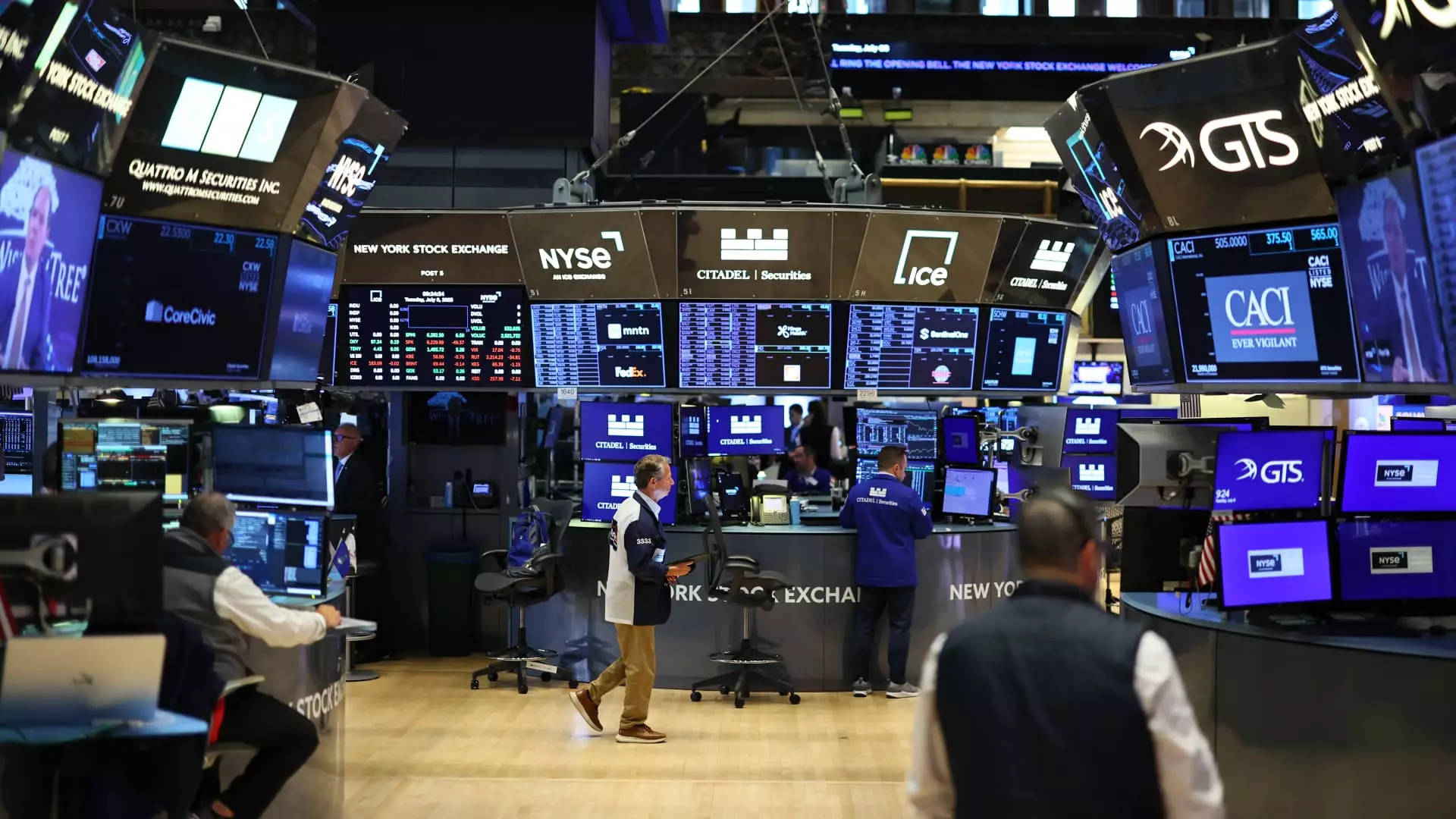The current economic outlook is riddled with uncertainties that threaten to undermine investor confidence and returns alike. Forecasters from Vanguard and BlackRock present a cautiously bearish scenario, warning of a slowdown that could last well into the coming months. Such bleak predictions serve as a stark reminder: complacency is a perilous stance in volatile financial times. Investors, especially those with a long-term horizon, cannot afford to tune out the risks lurking beneath optimistic narratives. The seductive allure of safe assets or the temptation to chase fleeting opportunities must be viewed with a critical eye, not passively accepted as inherently sound strategies.
A key concern underpinning these forecasts is the expected cooling of the labor market amid rising inflation—an anomaly in a post-pandemic recovery that initially promised robust growth. This paradoxical environment will likely force the Federal Reserve to choose its priorities carefully. Despite looming economic headwinds, there is mounting speculation that policymakers will prioritize employment rather than aggressive rate hikes, which could ultimately lead to cutbacks in interest rates later in the year. Such a move, while seemingly positive at face value, signals deeper vulnerabilities in the economy that cannot be ignored. The reliance on monetary easing as a salve for broad systemic issues can only mask underlying structural fragility—an issue investors must consider when rebalancing their portfolios.
Fixed Income in the Crosshairs: The New Safe Haven?
In an environment beset with uncertainties, fixed income investments are gaining renewed interest as a potential safety net. Vanguard’s push into new government bond ETFs suggests a cautious but strategic pivot by institutional players. The emphasis on U.S. Treasurys—traditionally regarded as risk-free—may seem appealing, but it is important to recognize that bonds are not immune from volatility, especially with yields fluctating around historically modest levels. While Hallam from Vanguard foresees bonds benefiting from policy shifts, such optimism should be tempered by the reality that fixed income still bears exposure to inflationary pressures and interest rate risks.
Investors should view these offerings not as permanent sanctuaries, but as tactical tools within a broader, more resilient strategy. Diversification must extend beyond the conventional fixed-income allocation. Relying solely on government bonds in a time of unpredictable monetary policies is akin to putting all your eggs in one fragile basket. Instead, a more nuanced approach—embracing values like sectoral diversification, inflation-protected securities, or alternative assets—may be warranted to truly safeguard and grow wealth amid turbulent waters.
Strategic Caution or Reckless Diversification? Rethinking the Barbell Approach
BlackRock’s advocacy for a barbell strategy reveals a recognition of risk but also highlights a potentially over-optimistic assumption—namely, that markets will stabilize enough to allow partial recovery. Buffer ETFs, designed to protect against downside while providing some upside potential, are presented as the ideal middle ground. However, such products are not foolproof. They can give a false sense of security and may underperform if market conditions shift rapidly or if volatility persists longer than expected.
The tendency to gravitate toward macro themes—like artificial intelligence and infrastructure development—is another testament to investors’ desire to play offense. While these sectors indeed hold promise, overexposure to nascent or highly speculative themes could be perilous. A narrow focus on specific macro trends risks amplifying losses if those trends falter or if unforeseen geopolitical disruptions emerge. The allure of these themes should be balanced by a commitment to core principles of risk management and diversification.
By favoring cautious, well-diversified allocations over hype-driven speculation, investors can better navigate the treacherous landscape ahead. Remaining adaptable, skeptical of overly optimistic projections, and committed to long-term stability is not just prudent—it is essential. As the market’s trajectory remains uncertain, complacency is the enemy, and a strategic, skeptical approach is the only way to ensure resilience in these turbulent times.


Leave a Reply